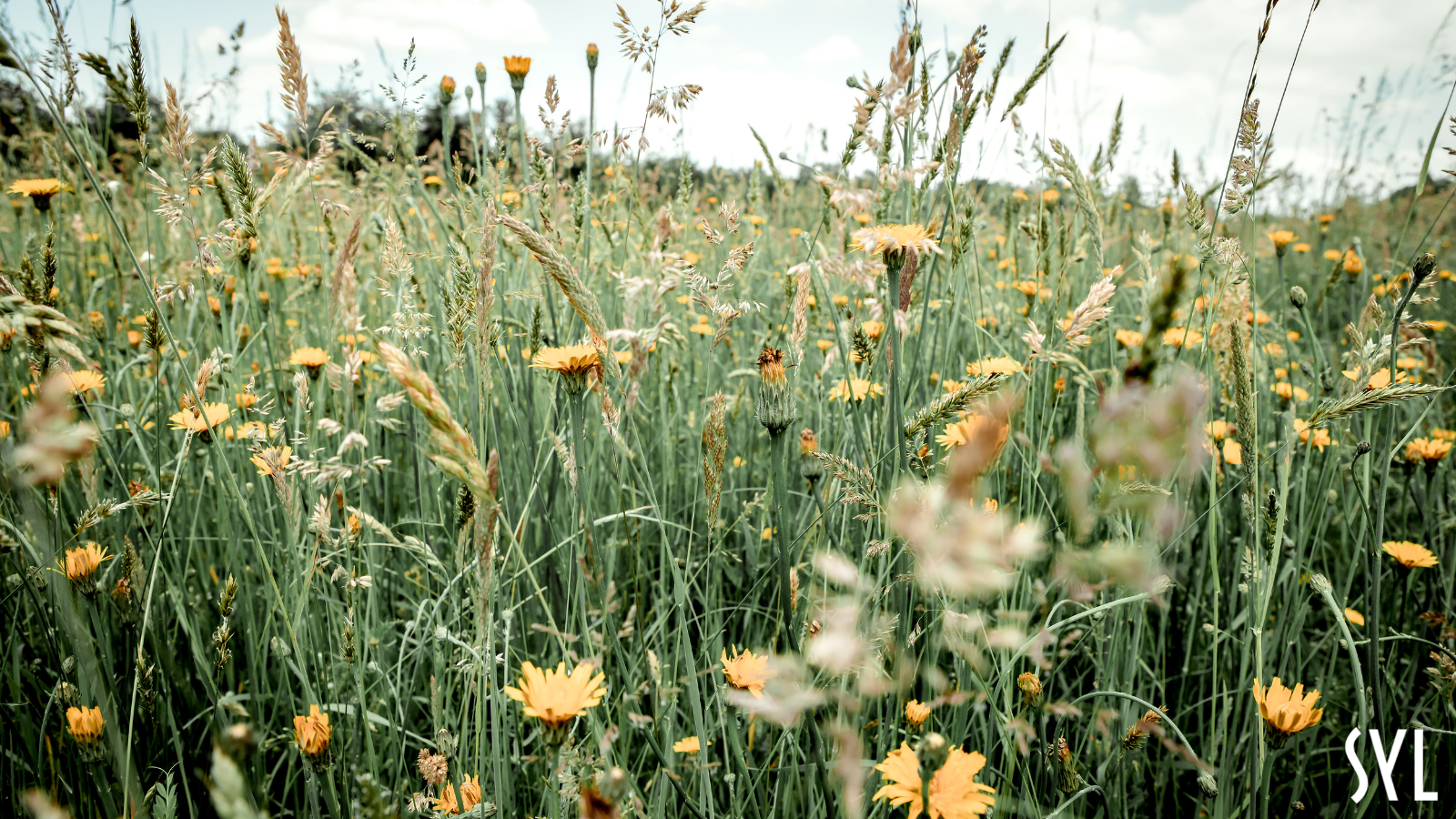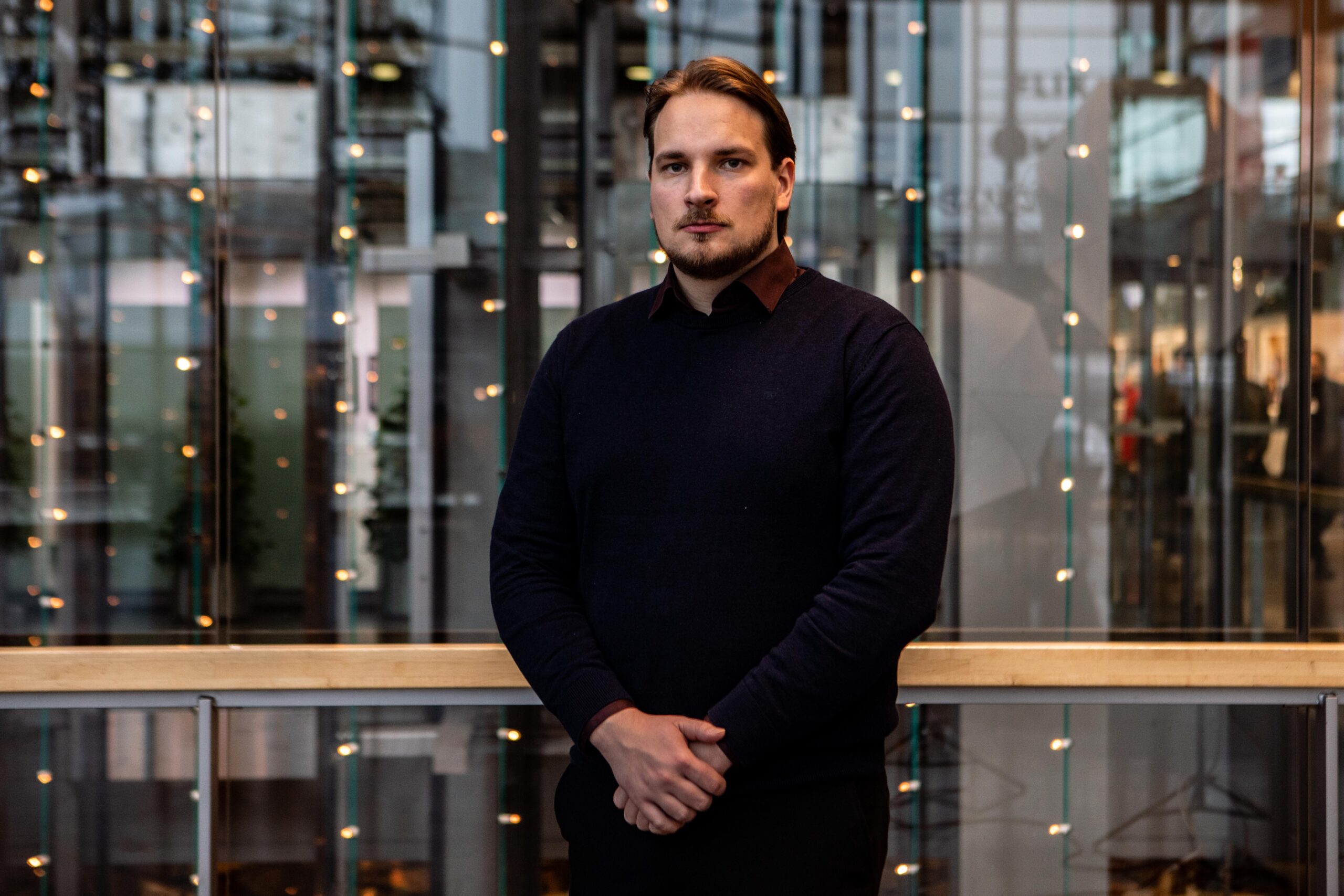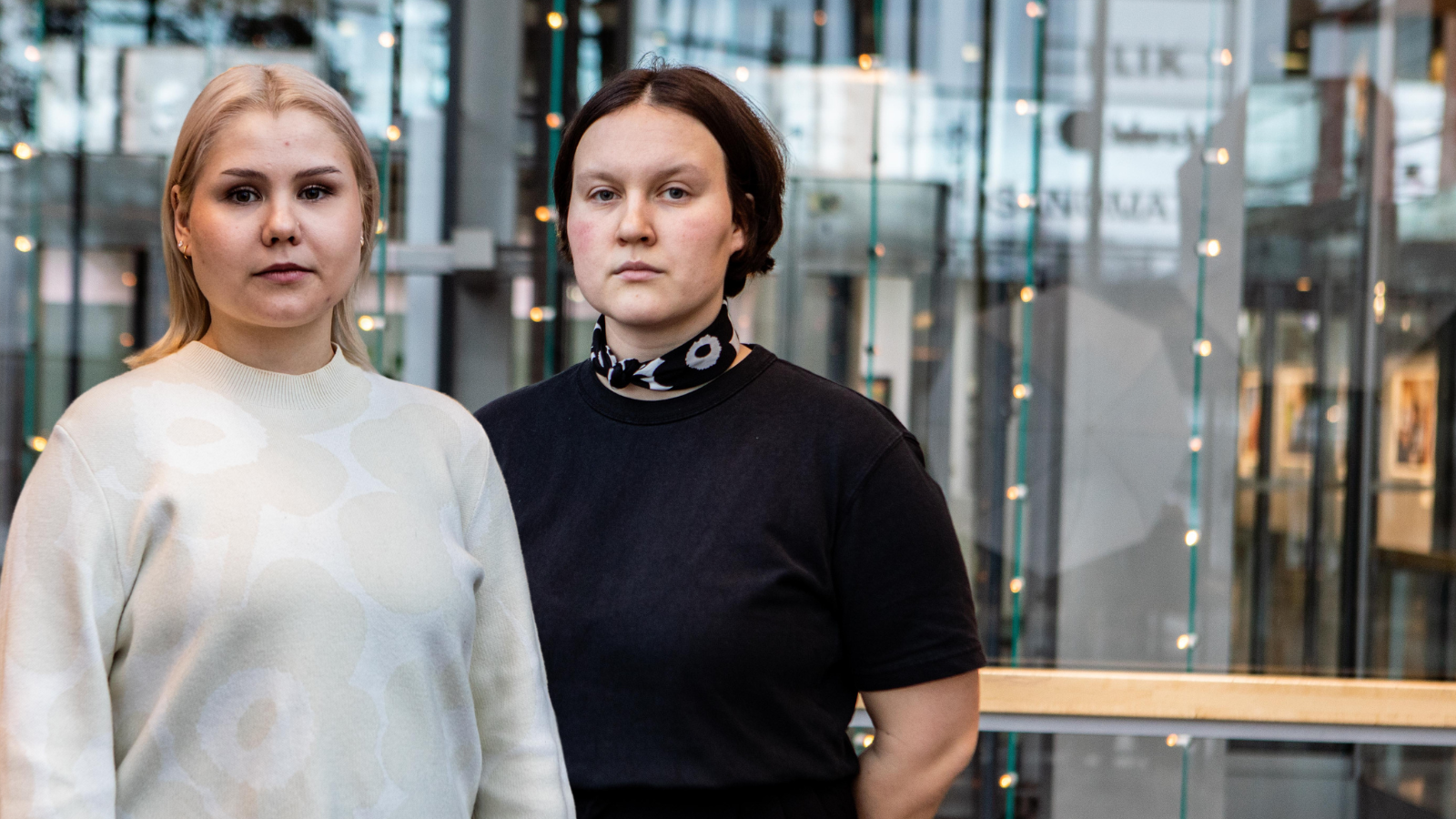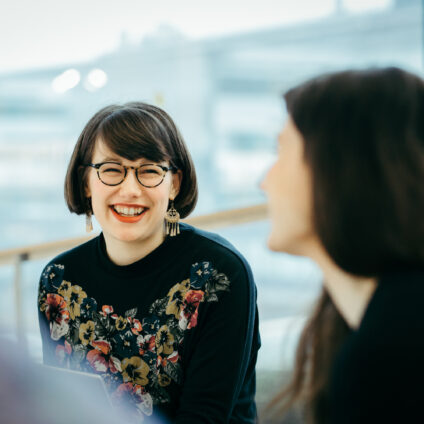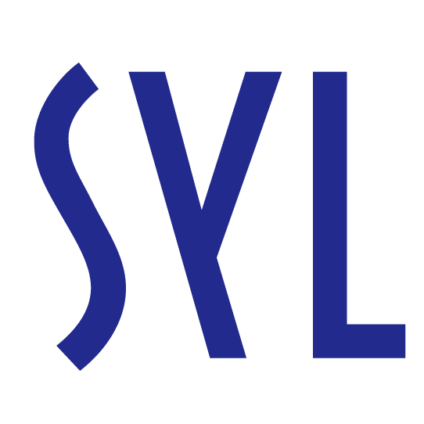A key part of any successful development cooperation project is to ensure that the results can be measured. A joint project of the National Union of University Students in Finland (SYL), Vilole Images Productions in Zambia and the Abilis Foundation in Zambia is funded by the Finnish Ministry for Foreign Affairs. The ministry itself sets a certain set of criteria for project reporting, which is binding for the project partners.
In early February 2024 we wrote about the situation of disabled university students in Zambia in general, and the recently completed preliminary report gives us a more comprehensive view of the country’s higher education institutions on that score. The preliminary report will help us to measure the impact of the project, and if necessary to refine and redirect the project activities as it progresses.
The situation of higher education institutions in Zambia
The preliminary report was produced by our local partner in Zambia, Vilole Images Productions. They were assisted by a consultant from the Zambia Agency of Persons with Disability, a quasi-governmental organisation. The survey was conducted through questionnaires and interviews at three higher education institutions: the David Livingstone College of Education (DALICE) and the Livingstone Institute of Business and Engineering Studies (LIBES), both in southern Zambia, and Kwame Nkrumah University in central Zambia. The number of disabled students in these higher education institutions ranges from around 0.1 to 4.4 per cent. One of the difficulties in obtaining more accurate figures is that students with disabilities may not have reported their disability, not only because of the stigma associated with disability but also because of the lack of suitable response options provided by the institutions in their questionnaires. This result in itself shows that much remains to be done in raising awareness – for instance, in DALICE there are no disability services or student organisations representing students with disabilities. The school also lacks sign language interpreters, ramps and assistive devices, although there are two members of staff trained in helping people with special needs.
The lack of services and assistive equipment is not necessarily the result of a reluctance to enable more inclusive learning. Higher education institutions in the country have very limited resources, and there is fierce competition for them.
In the other two higher education institutions surveyed the situation is slightly better, as LIBES and Kwame Nkrumah University both work with students to improve conditions for students with disabilities. Another positive sign is that DALICE is networking with LIBESI to share best practices.
In pursuit of more inclusive education
Overall, the preliminary survey confirmed the initial view among those carrying out the project that promoting inclusion requires a multi-pronged approach. Although building ramps might well be an attractively simple solution, focusing only on structural accessibility on campuses is not enough. Alongside improvements to buildings and facilities, a change in attitude is needed. The preliminary survey highlights the importance of awareness and sensitivity among faculty, staff and fellow students. Providing training and resources to increase understanding of disabilities is crucial to creating a more empathetic and supportive community in educational institutions. This in turn helps to break down stereotypes and to improve a sense of belonging among people with disabilities. The preliminary survey that was carried out is thus also important for understanding inclusion and agency regarding students with disabilities.
Building on SYL’s previous development cooperation project in Ethiopia, we have seen that less abled higher education students often lack confidence in their own abilities because of the intersectional discrimination they face. As anyone who has ever surveyed attitudes in one way or another knows, measuring them is no easy task. However, through the project we have committed ourselves to awareness-raising activities and other measures. We gauge the success of these activities by the number of events organised and the number of participants, and by monitoring the development of services provided by higher education institutions. Since our Zambian partner is a professional storyteller, there is a good chance of making the voices of higher education students with disabilities heard.
The message of the preliminary survey prepared by the Zambian partners is clear: it’s important to create accessible facilities, but also to create a campus culture that embraces diversity, accommodates different abilities, and ensures equal access to educational resources. By addressing the multiple difficulties identified in the preliminary survey, higher education institutions can create an environment where all students can succeed academically, regardless of their level of ability. At the end of the project, in 2026, the aim is to demonstrate the change with measurable results.
Helena Kärppä
Member of SYL’s development cooperation advisory board
Vice chair of the Zambia team
